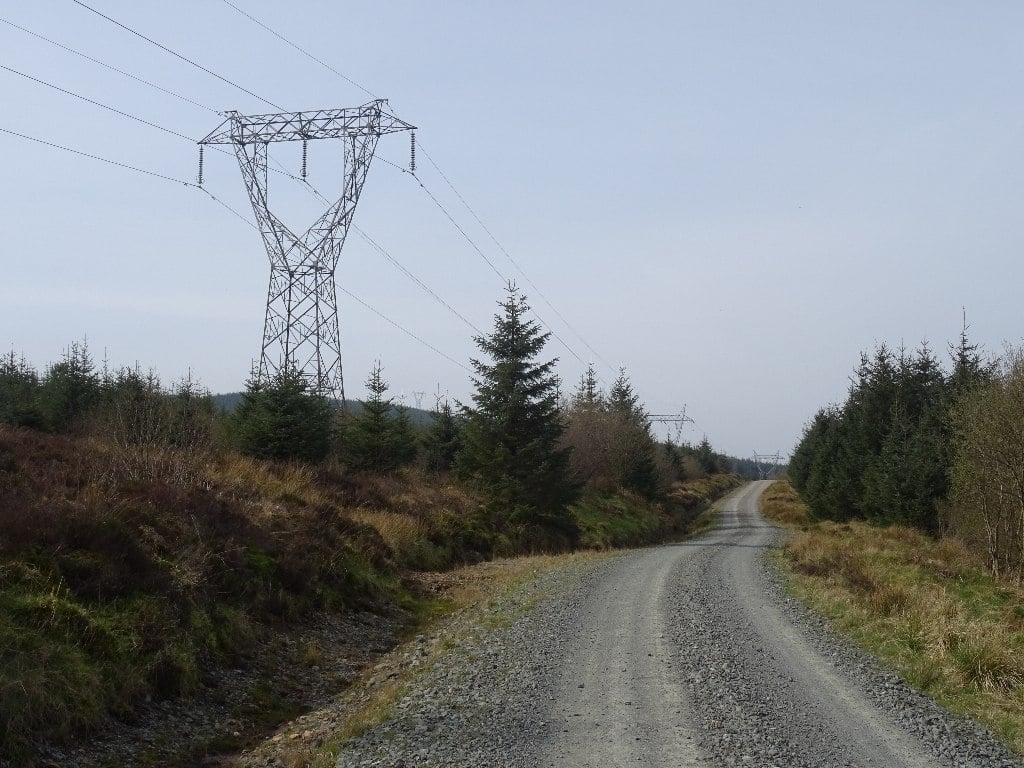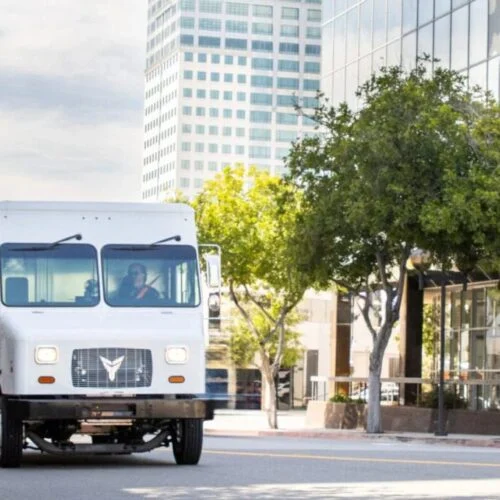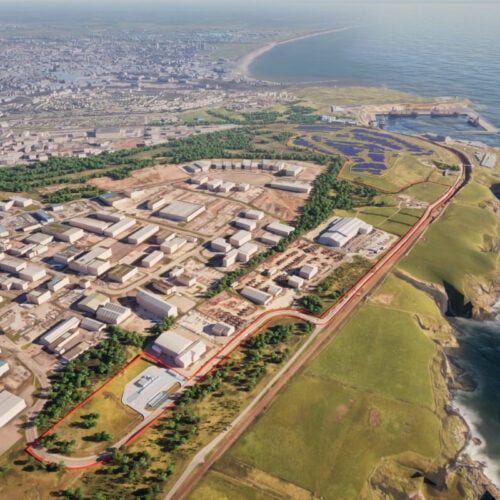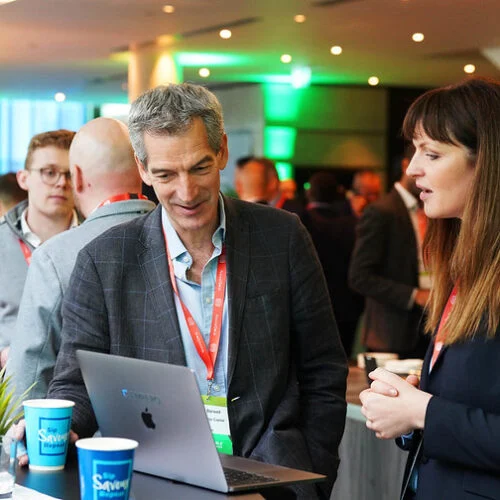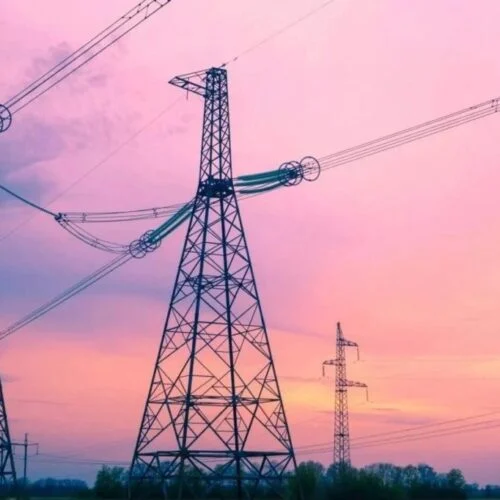On 13 June, the North Sea Link interconnector, connecting Great Britain and Norway, tripped, reducing power imports to the UK by about 1.4GW.
This saw grid frequency in GB drop as low as 49.66Hz, below the National Energy System Operator (NESO) operational limits of 49.8 – 50.2Hz. NESO had procured about 2GW of low-frequency services at an average price of £4.80/MW/hr, and 500MW of Quick Reserve capacity.
Energy management platform Kraken, part of Octopus Energy, saw over 60 grid-scale battery energy storage system (BESS) assets contracted for frequency services, delivering 40% of the volume lost.
In addition, batteries on the platform received real-time dispatch instructions from NESO via the balancing mechanism (BM), according to a LinkedIn post by Kraken’s general manager Charlotte Johnson.
Static Firm Frequency Response (SFFR) also kicked in with about 240MW, a rarely-used service for grid balancing that is usually only used in interconnector events. The minimum entry threshold for SFFR is 1MW which can be provided by either a single or aggregated asset, the same as for Quick Reserve.
Launched in November 2024, Quick Reserve has been an additional source of revenue for battery asset managers.
Although combined cycle gas turbines (CCGTs) were also required to step in, the event shows the importance of BESS assets in maintaining grid stability and short-term frequency response. This has been well documented, particularly following two separate interconnector trips within a short time period last year.
At the start of this year, the IFA2 interconnector between Great Britain and France tripped, marking the first time Quick Reserve was used, making 500MW available. At that time, 40 Kraken-managed BESS assets provided frequency services.
The North Sea Link is generally accepted to be the world’s longest interconnector, stretching 450 miles between Blyth in Northumberland and the Norwegian village of Kvilldal, near Stavanger.
Electricity imports and interconnectors
Building more interconnectors across the channel from the UK is a key alternative provided in the argument against establishing a zonal pricing system in the UK’s electricity market.
A report by Beyond Fossil Fuels, E3G, Ember and the Institute for Energy Economics and Financial Analysis (IEEFA) found that grid balancing is also of key importance when there are high levels of curtailment of renewable energy—one of its suggested routes to achieving this is BESS build-out.
The report authors’ key recommendation for reducing curtailment costs accrued due to the grid’s inability to handle renewable energy generation is to build cross-border transmission.
In May last year, ministers from Ireland, Belgium and the UK signed a joint statement to boost cooperation on offshore wind and interconnection. Increased connectivity between countries allows each to balance supply and demand to cope with the fluctuating nature of renewable generation.
